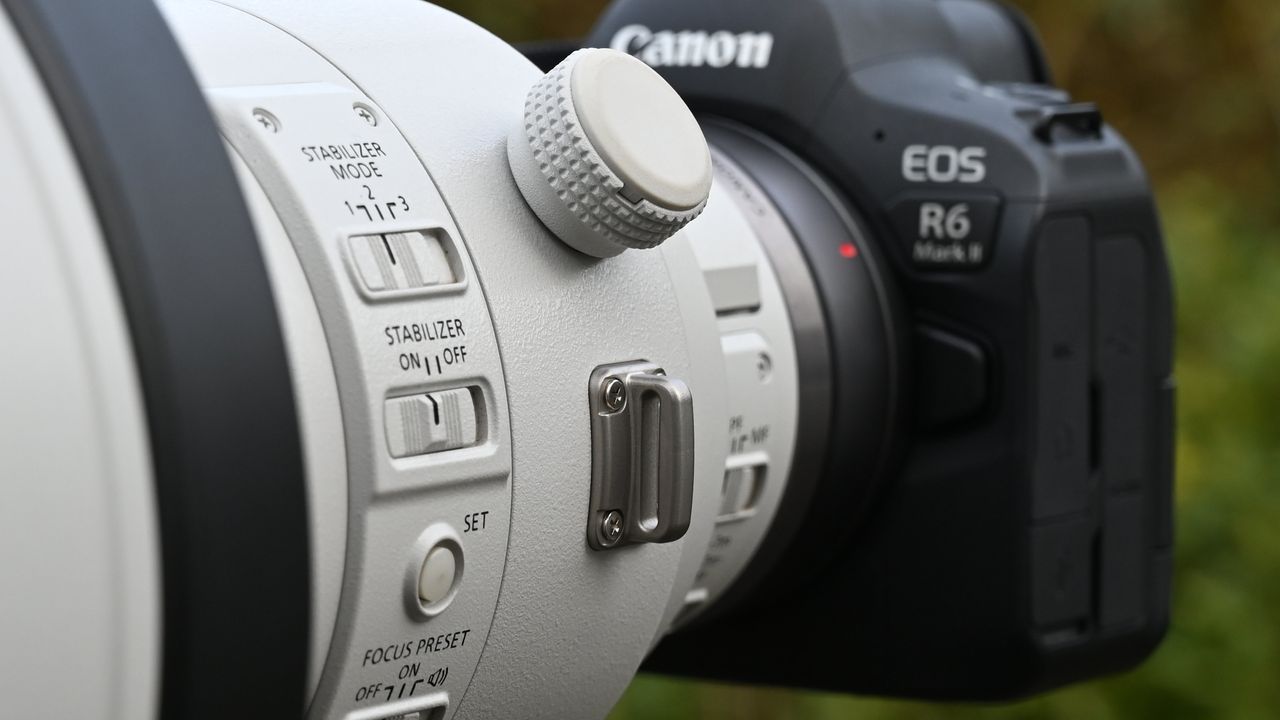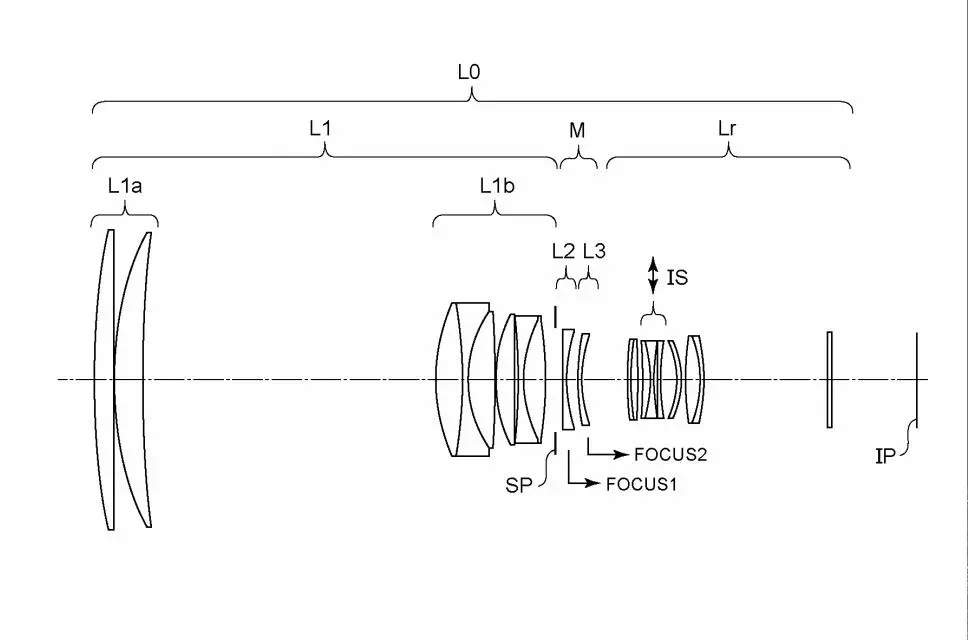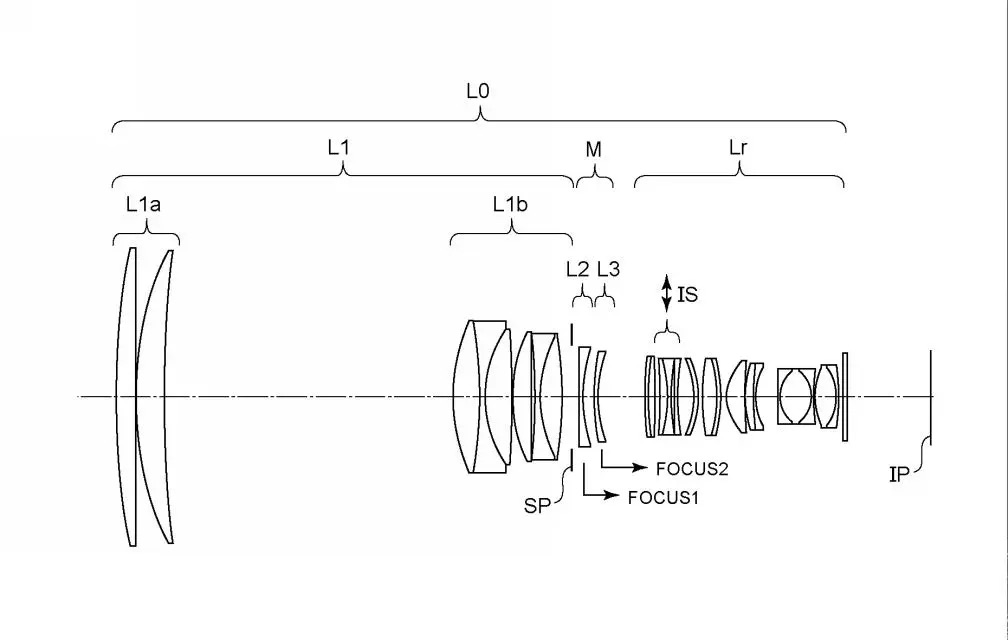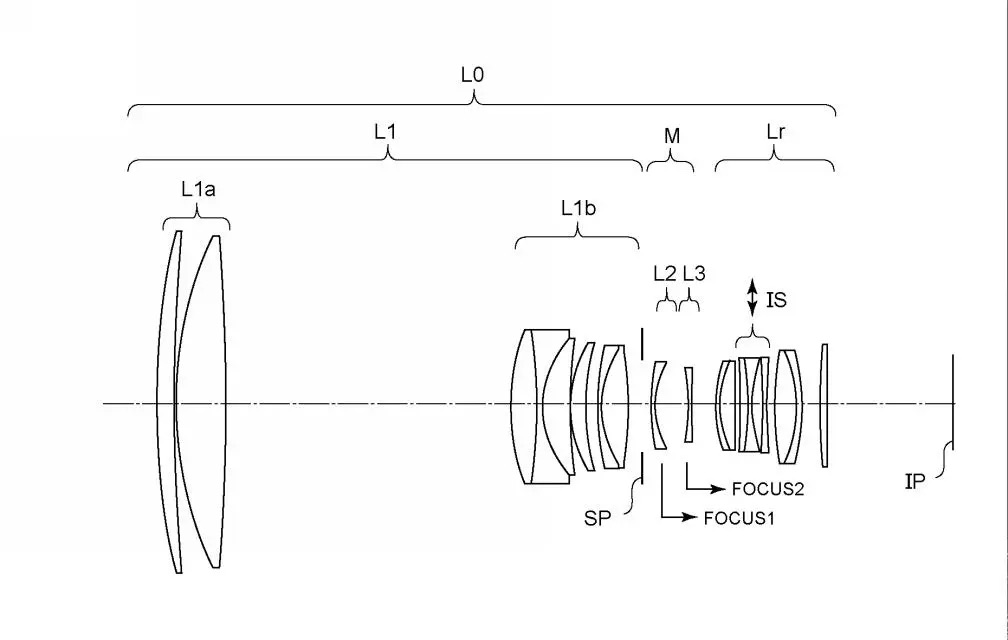
A Canon super telephoto prime that is compact, lightweight and lightning fast – this would be a game changer for professional action, wildlife, and nature shooters. Less bulky design and easier handling without compromising on top-tier image quality is everything you want from a "big white" lens.
Well, new patent filings reveal that Canon is working hard to make this happen.
On August 06 2025, Canon published patent application P2025114982 showcasing examples of super telephoto lenses like a 300mm f/2.8 IS, 400mm f/2.8 IS and 500mm f/4 IS optic, as reported by Asobinet.
So Canon is challenging the traditional fact that super telephoto lenses have to be bulky and heavy to achieve fast apertures. For context, fast primes like f/2.8 or f/4 typically mean that large, heavy glass is required.
But this patent suggests Canon is keeping the aperture size impressively large without this large and heavy glass, while controlling optical aberrations. The latter is crucial for delivering sharpness and clarity at long focal lengths.
The patent's vision is clear: "To provide an optical system that has high optical performance, a long focal length, and is small and lightweight." If Canon pulls this off it could be huge, meaning we're getting closer and closer to light but high-quality tech.
Just look at the current RF lineup for comparison: the RF 400mm f/2.8L IS USM weighs a much more manageable 2.9kg – and Canon has an even lighter super telephoto prime on offer, weighing only 930g with even more reach, but with a much higher f-stop, the RF 600mm f/11 IS STM. I think this example highlights the described challenges…
Canon's older DSLR giants like the EF 600mm f/4L IS USM tipped the scales at 5.36kg, while the legendary EF 1200mm f/5.6L USM at a staggering 16.5kg. And why? Because long lenses require large lens elements, which naturally add weight.
Canon's ongoing push to shrink size and weight without sacrificing optical quality is a big win for pros who need high-performance gear that's easier to handle in the field.
Looking at the patents, Canon focuses on an optical design where two internal lens groups – called L2 and L3 – move independently during focusing.
This clear focus system helps reduce image distortions and keeps sharpness consistent across all focus distances. These moving lens groups are built from single, lightweight negative lenses, reducing overall lens weight and enabling faster, more precise autofocus – critical for capturing fast-moving subjects in sports and wildlife.
It would be amazing to see these lenses come to life – and even more incredible if they don't carry a $12,000+ price tag.
Overview: Publication P2025114982



You might like...
Browse our best super telephoto lenses, best budget telephoto lenses, and best Canon telephoto lenses.







